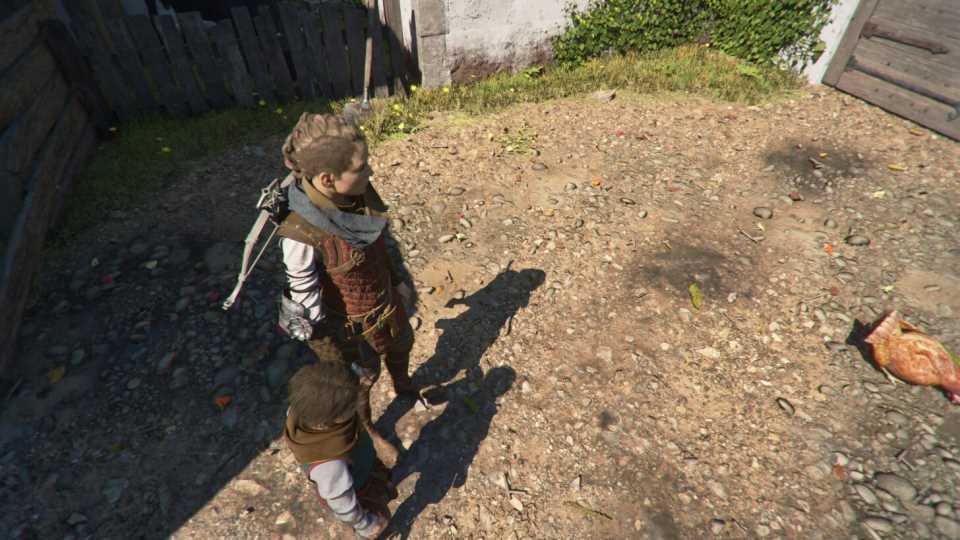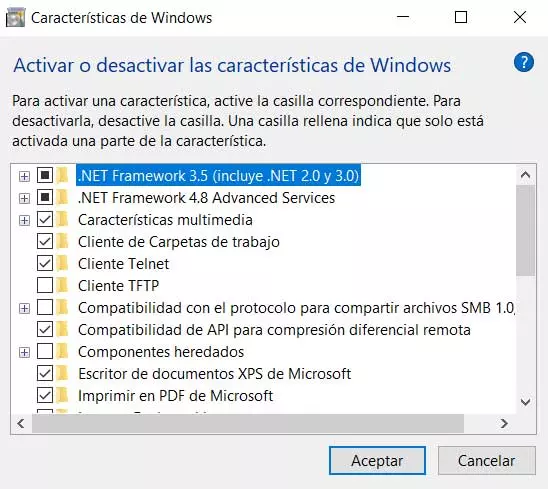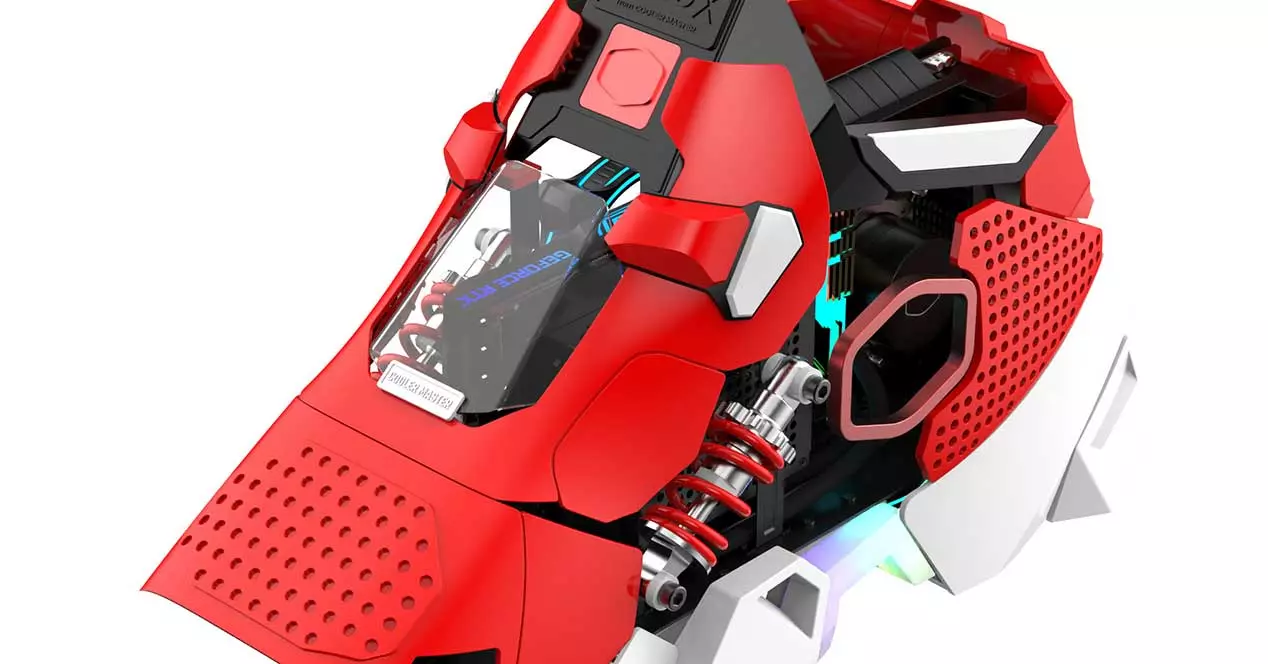
The main utility of Ray Tracing is to be able to offer full indirect lighting effects and not simulated, which affects elements such as reflections, the amount of light emitted on objects, shadows, ambient occlusion and even advanced cinematic effects. such as field of vision blur and motion blur. Well, of all of them, the ones that are easiest to execute are the shadows and their advantage over conventional shadow maps is that they allow you to create what are called soft shadows and all of this at a much lower cost than the traditional method.
Shadows via Ray Tracing in A Plague Tale Requiem
The way to generate shadows in games is to render an additional frame, but where the camera in the scene is the object that casts the shadow and what is calculated is the depth buffer, which will be used as the shadow map of the scene. The problem? It requires a large amount of video memory accesses and on hardware without Ray Tracing support it takes longer to run. Not only that, but using ray tracing to compute scene shading allows for what we call soft shadows, which have the following characteristics:
- They are not affected by the resolution, so we can say goodbye to those shadows that cut our eyes just by looking at them.
- You can generate subtle and diffuse shadows if needed, even different levels of twilight can be generated.
So we not only win in terms of performance, but also visually. However, they do have a problem and this can be seen with the latest patch for A Plague Tale: Requiem on PC, which adds Ray Traced shadows to the game. And the consequences on it demonstrate the difficulty of adding it as a patch to an existing game.
Why does the game look worse with Ray Tracing?
In order to simulate an advanced lighting system, artists, graphic designers, and graphics programmers use their talents and knowledge in the world of 3D world generation to overcome the limitations of rasterization. So in the end the so-called hybrid Ray Tracing that combines the traditional way of making 3D graphics in games with Ray Tracing only works if one algorithm calculates the scene with direct lighting and the other the indirect one. Doing it any other way means that the visual quality drops, which is the problem in A Plague Tale Requiem.
Because the cost of ray tracing is high, programmers can choose for performance reasons which elements in the scene are not affected by ray tracing. The example in the scene above can be clearly seen in the fact that in A Plague Tale Requiem’s Ray Tracing mode objects further away have much less shadow cast than objects closer to the camera. Causing the effect of lower visual quality in the game.
Although the biggest problem is the fact of adding ray tracing in a game where not only does it not contribute anything visually, but also does not improve the frame rate per second. On paper, ray tracing should not only offer higher visual quality in certain visual effects, but also give better performance.
Is Ray Tracing a failure in games?
The answer is no, the big problem is that the new generation consoles due to technical limitations cannot run Ray Tracing properly and on PC for the moment the market share of people with a decent graphics card that justifies the creation of a game that requires a graphics card with such capability has not appeared yet. That is, we do not have the equivalent of a Quake 3 from the late 90s that forced you to have a 3D card yes or yes, or the later Doom 3 for GPUs with support for programmable shaders.
If we look at the statistics of Steam users, we will see that only one in four users currently have a graphics card with the necessary hardware to run graphics algorithms through Ray Tracing. So it’s more of a market share issue than anything. Hence, we have not yet seen the Killer App in the form of a game that sells gaming graphics cards with such capacity.




